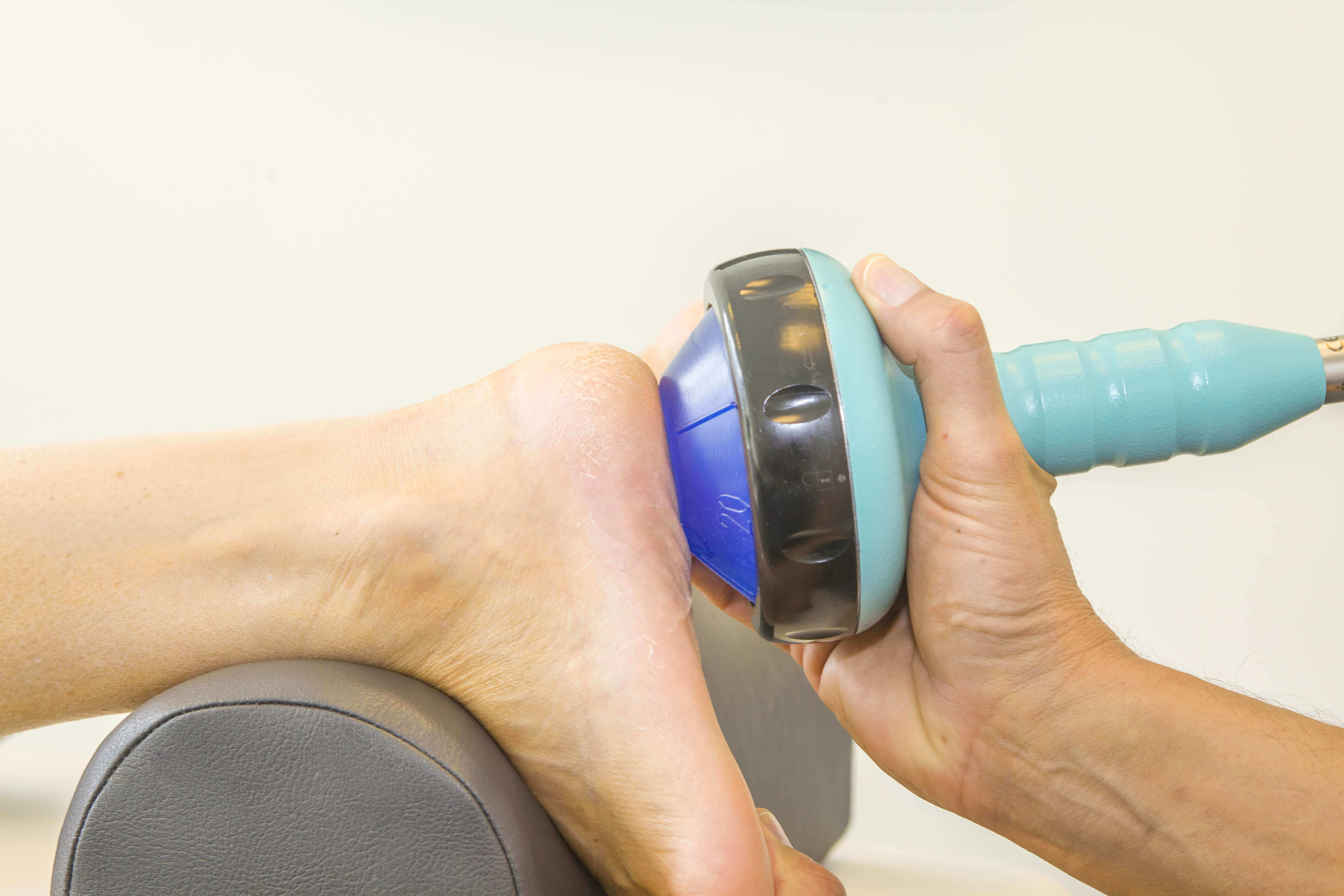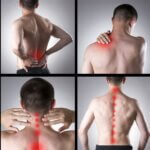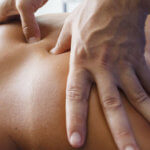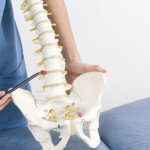What Conditions Can Be Treated?
Focused Shockwave Therapy can be used to treat a wide variety of musculoskeletal conditions, in particular, those involving areas where major connective tissue attaches to bone. Common sites that can be successfully treated are:
- Plantar Fasciitis, heel spurs & Achilles tendonitis
- Patellar tendonitis, jumper’s knee & shin pain
- Tennis or golfer’s elbow
- Rotator cuff tendonitis & calcification (Shoulder)
- Trochanteric bursitis (Hip)
- Trigger points in muscles
- Stress fractures/Shin Splints, non union’s (delayed bone healing)
- Morton’s Neuroma (Nerve)
Research is accumulating in the use of SWT & rSWT. Evidence supporting its use has been published in high quality medical journals. The strongest evidence is for shoulder calcific tendinitis and plantar fasciitis, but satisfactory results have been published for other common musculotendinous problems that have “failed to respond” to other conservative treatment. SWT is a non-surgical option with results that match surgical outcomes, and should be considered when other treatment options have failed.
Is SWT appropriate for me?
- An initial assessment must be done and if your condition is appropriate you will be treated with SWT.
- Shockwave Therapy (SWT) is used when all other treatments have been exhausted.
- It is for a Chronic injury that has persisted more than 3 months.
- It is most effective for conditions resulting from connective tissue attachments to bone. See the list above.
- It is usually booked as 5-6 treatments 2X/ week for 3 – 5 weeks. Then we wait an additional 3 weeks without treatment to allow for healing to take place.
- SWT is a “stand alone” treatment, no other modalities or exercises will be given during a SWT treatment.
- Costs are located under the Fees tab.
What are the Advantages?
Shockwave therapy is a recent development that is used successfully by healthcare providers that specialize in musculoskeletal disorders. As compared to other treatment methods, the advantages are:
- Quickly reduces pain
- No medication is needed
- Avoids surgery and anaesthesia
- No side effects
- No risk of allergies
- Accelerates healing
- Effective for chronic conditions
How does Radial Shockwave Therapy work?
Radial Shockwaves Therapy accelerate the healing process by activating the body’s self-healing powers, particularly in cases where the body has been unable to do so on its own. It stimulates metabolism and enhances blood circulation which enables damaged tissue to regenerate and eventually heal. The treatment relieves pain by producing an analgesic effect on the treatment area. Healing occurs over several treatments by initiating an inflammatory response and ultimately vascularization to the area. The high energy acoustic waves that are transmitted through the surface of the skin are spread radially (spherically) into the body and the body responds with increased metabolic activity around the area of the pain. This stimulates and accelerates the healing process and is especially useful for those suffering from chronic heel, shoulder, knee, achilles, and elbow pain.
Your therapist will apply shockwaves through a specially designed hand piece that produces strong energy pulses for short periods of time. The shockwave energy pulses are applied directly to the affected tissue areas in controlled procedure.
Shockwaves have a mechanical effect on the tissue. Pressure in the front of the shockwave is transmitted into the tissue, creating micro-cavitation bubbles that expand and burst into a resultant force.
This force penetrates tissue and stimulates cells in the body which are responsible for bone (osteoblast) and connective tissue (fibroblast) healing.
Research has also shown that Shockwave also breaks down calcium deposits.
What is the success rate?
After only 2-3 sessions, over 80% of patients report a significant reduction in pain.
- 90% improvement for plantar fasciitis (Journal of Orthopedic Research, 2005)
- 91% improvement for calcific tendonitis (Journal of American Medical Association, 2003)
- 77% improvement for tennis elbow (Journal of Orthopedics, 2005)






